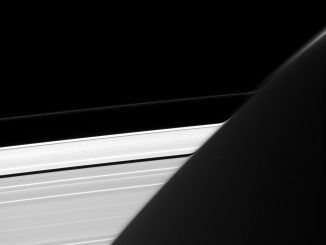
Picture This

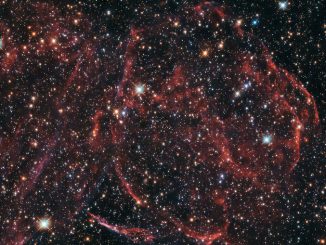
Hubble sees the shredded remains of a supernova
This NASA/ESA Hubble Space Telescope image captures the remnants of a long-dead star. These rippling wisps of ionised gas, named DEM L316A, are the remains of an especially energetic Type Ia supernova located some 160,000 light-years away within one of the Milky Way’s closest galactic neighbours — the Large Magellanic Cloud (LMC).


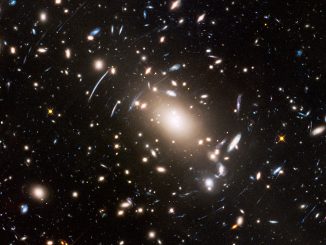
Hubble looks to the Final Frontier on 50th anniversary of “Star Trek”
The TV series “Star Trek” captured the public’s imagination with the signature phrase, “To boldly go where no one has gone before.” The NASA/ESA Hubble Space Telescope doesn’t “boldly go” deep into space, but it is “boldly peering” deeper into the universe than ever before to explore the warping of space and time and uncover some of the farthest objects ever seen.
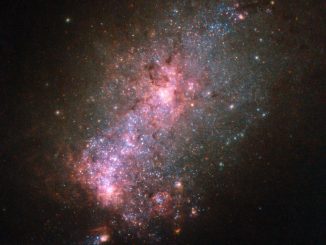
Hubble reveals a galaxy fit to burst
This NASA/ESA Hubble Space Telescope image reveals the vibrant core of the galaxy NGC 3125, approximately 50 million light-years away. Discovered by John Herschel in 1835, NGC 3125 is a great example of a starburst galaxy — a galaxy in which unusually high numbers of new stars are forming, springing to life within intensely hot clouds of gas.


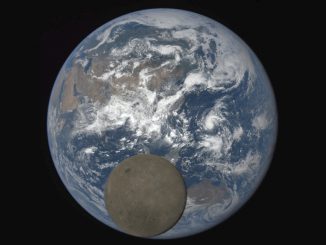
NOAA satellite shows Moon crossing face of Earth for second time in a year
On 5 July 2016, the Moon passed between the National Oceanic and Atmospheric Administration’s DSCOVR satellite and Earth. NASA’s EPIC camera aboard DSCOVR snapped these images over a period of about four hours. In this set, the far side of the Moon, which is never seen from Earth, passes by. The last time EPIC captured this event was 16-17 July 2015.
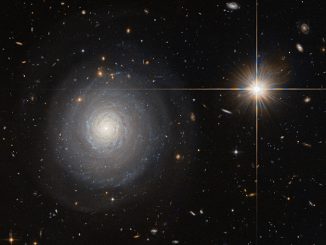
Hubble sees a lonely starburst galaxy
This NASA/ESA Hubble Space Telescope image shows an isolated starburst galaxy named MCG+07-33-027. The galaxy lies some 300 million light-years away from us, and is currently experiencing an extraordinarily high rate of star formation — a starburst. Normal galaxies produce only a couple of new stars per year, but starburst galaxies can produce a hundred times more than that!
